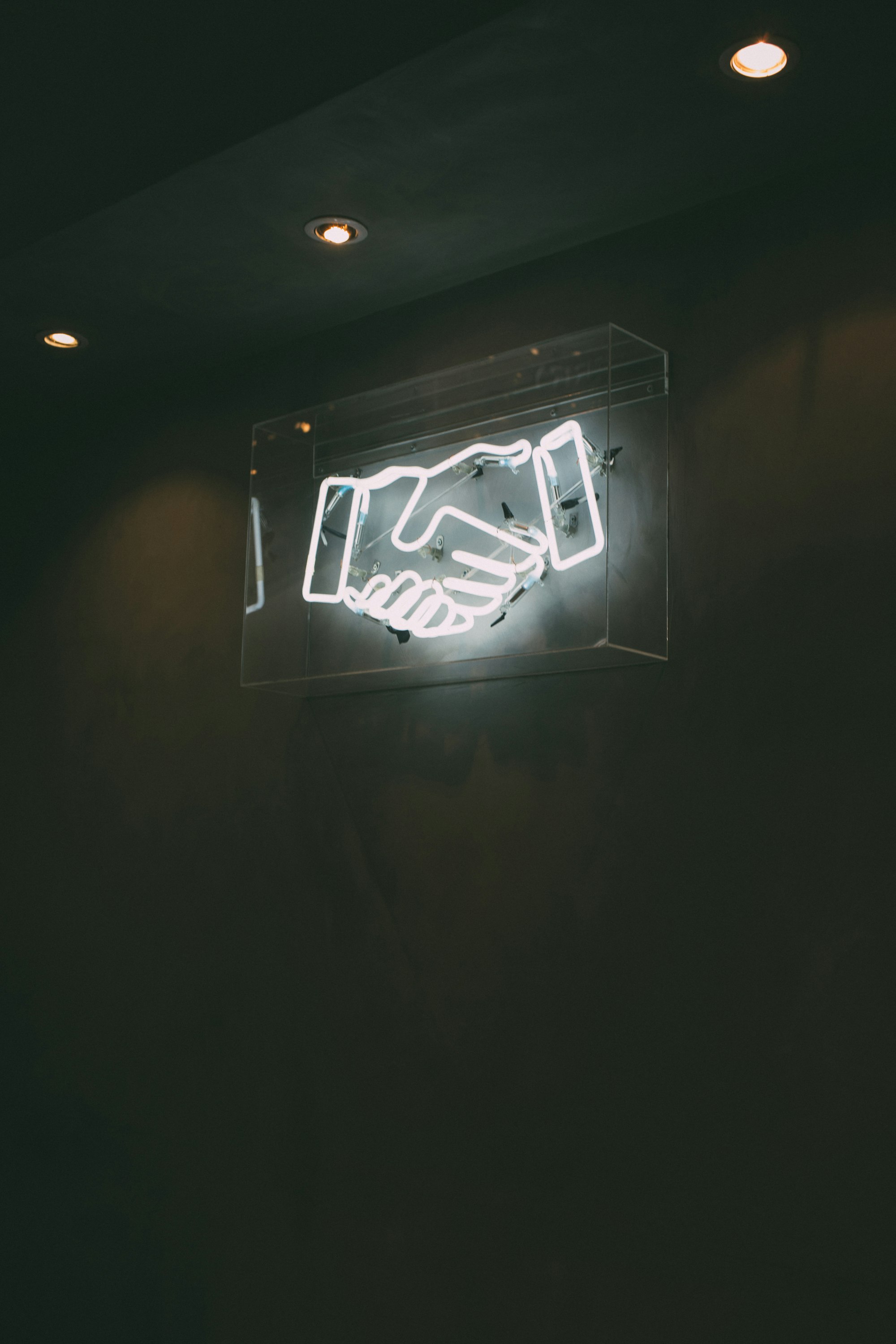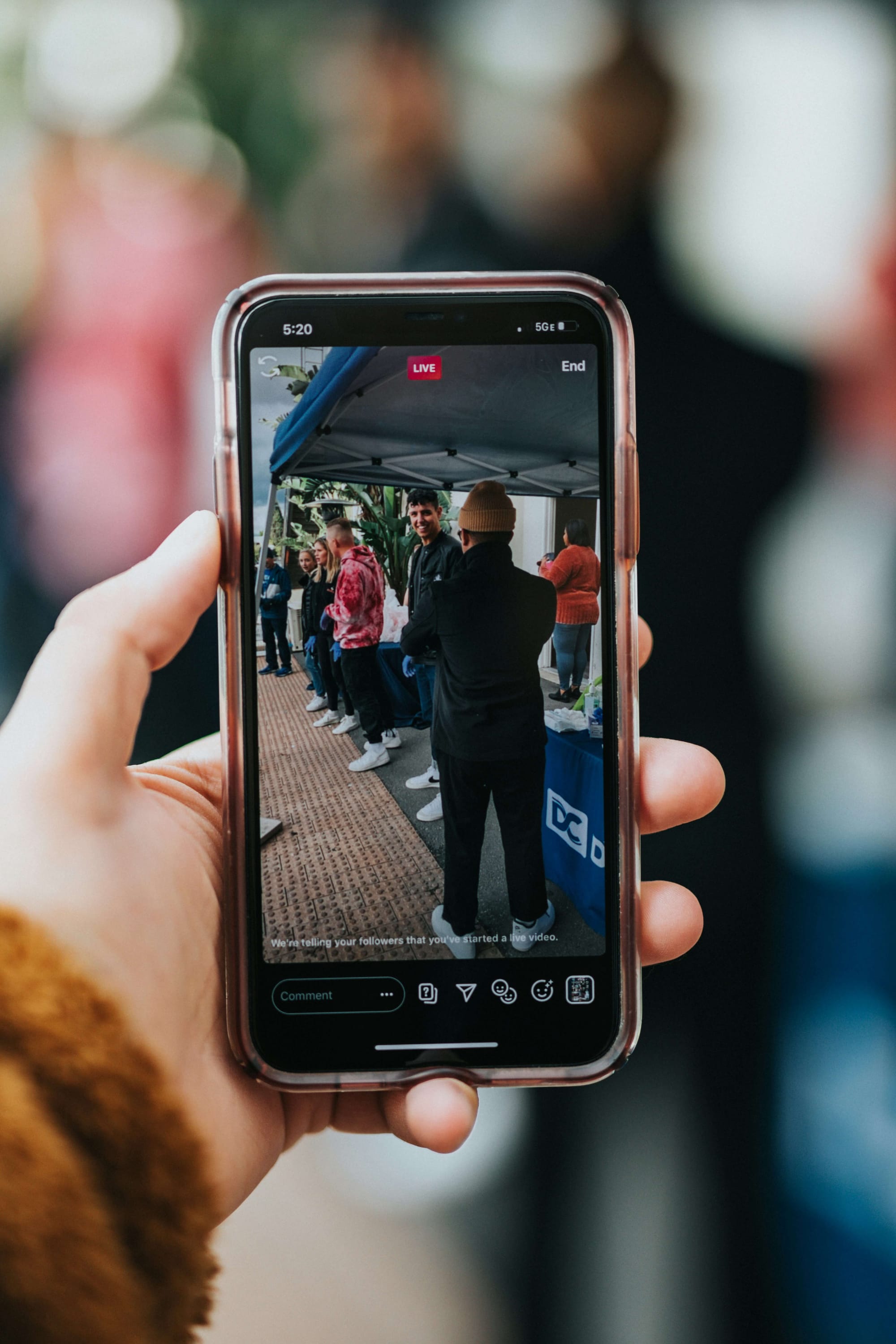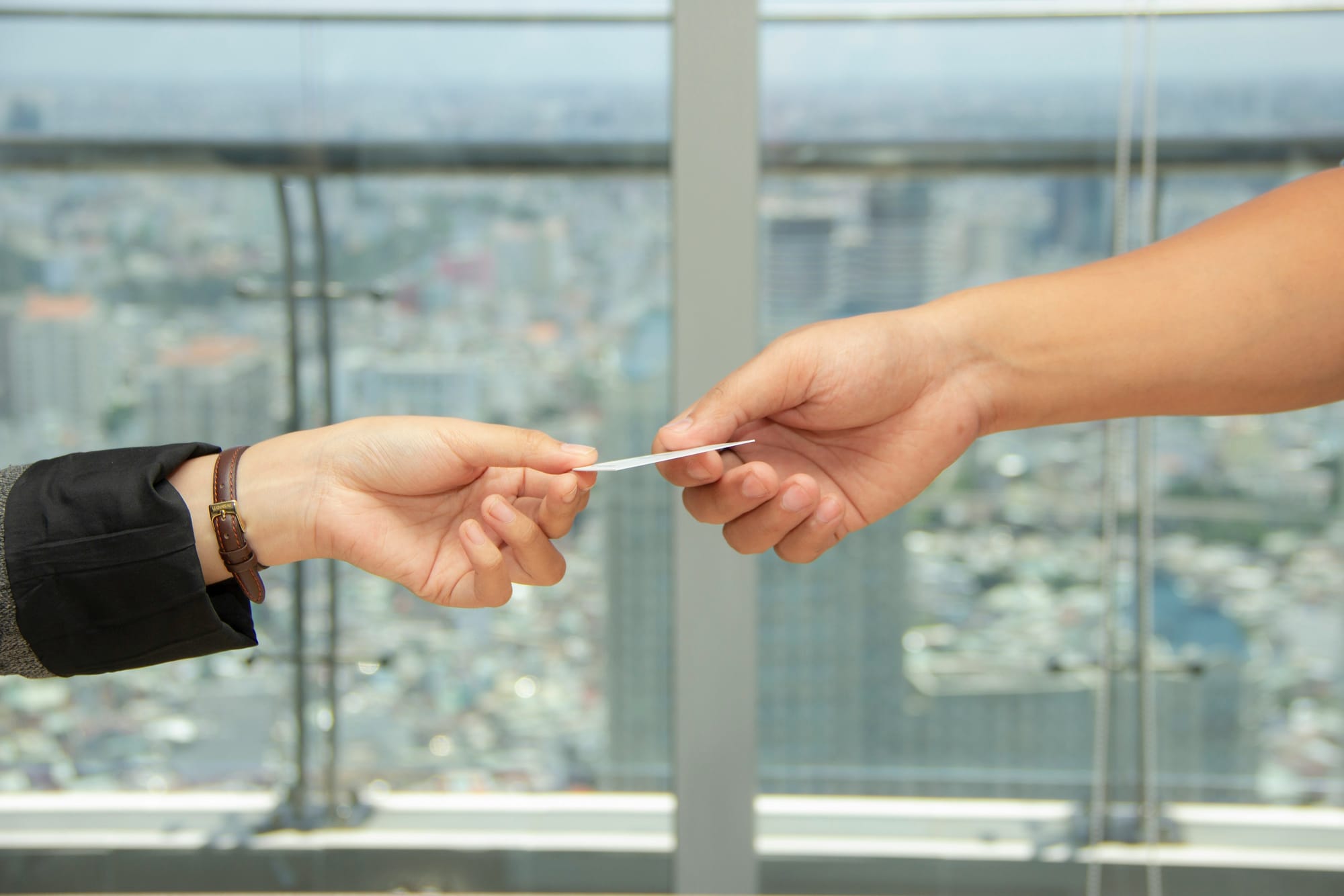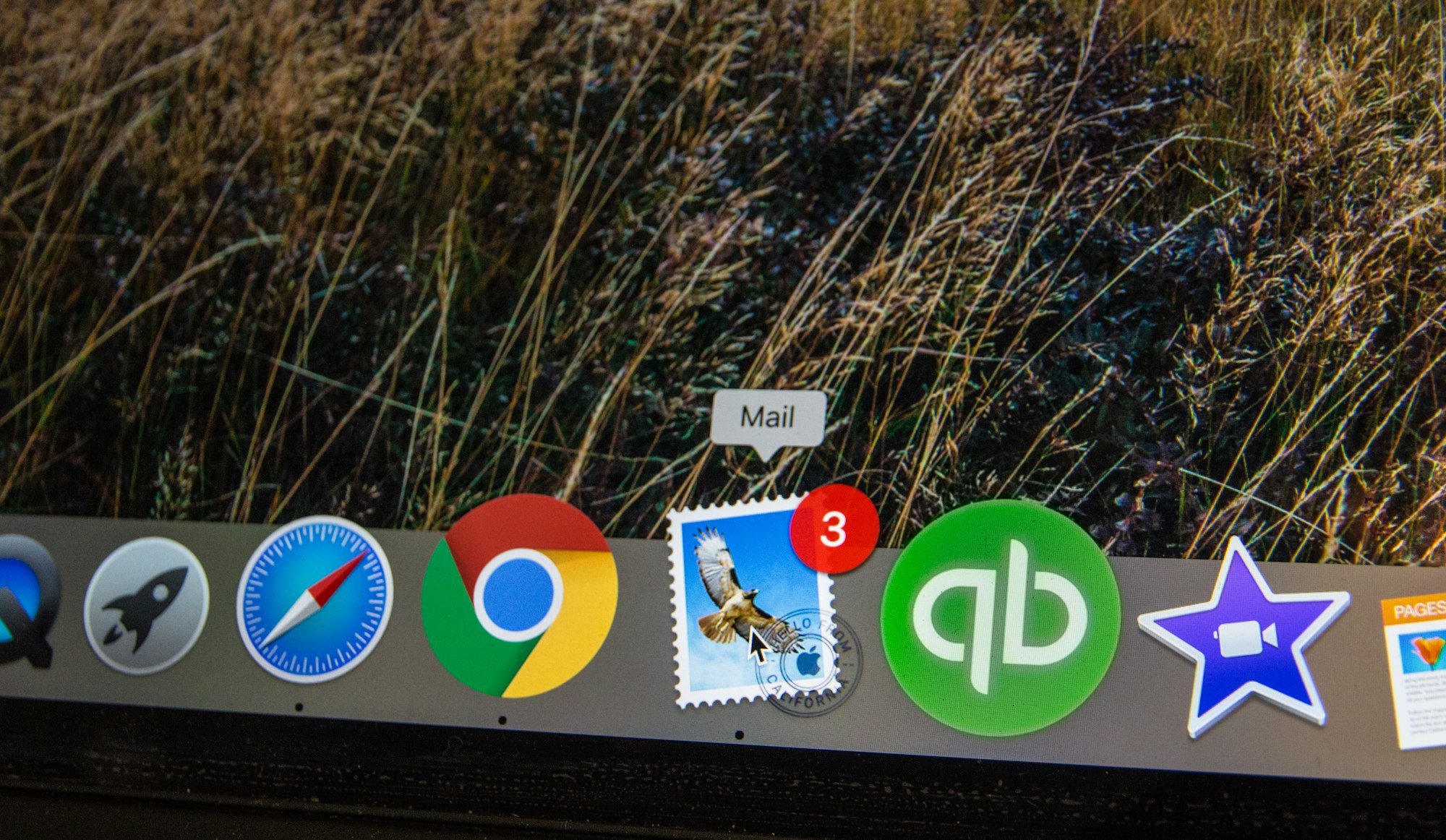The battle between customer loyalty versus acquisition is one that all growing brands have to grapple with. No matter what industry you’re in, what products you sell, or how large your company is, there are always heated debates on which one you should dedicate your resources to.
Some ecommerce entrepreneurs believe that acquiring new customers is the sure-fire path to gaining more revenue. That is true, but only to a certain extent. While new customers may help with new sales, encouraging existing customers to come back for more is a much easier (and cheaper) opportunity to boost conversions.
Not only are customer loyalty and new customer acquisition equally important, but you might even say that they’re part of the same process.
Customer Acquisition Is Important for Growth
While it’s obviously important to spend time and money acquiring new customers—especially when you first launch your business—fighting for new leads can get expensive pretty quickly. In fact, one study found that the average customer acquisition cost for ecommerce brands is a whopping $45.27! Thanks to all the marketing dollars needed for search ads, retargeting emails, and social media boosts (just to convince a shopper to make their first purchase), it’s clear that chasing leads can quickly become unsustainable, especially if you have a relatively low average cost per order.
… But Customer Loyalty Works Even Better
While providing impeccable customer service and optimizing your customer experience takes time and resources, the rewards are huge. With happy and loyal customers, you enjoy:
- A steadier stream of sales. Studies have found that customer loyalty translates to more repeat purchases with higher average order values—existing customers are willing to spend 31% more than new customers. And this remains the case over time as well. On average, a repeat customer will spend 67% more during the third year of their relationship with your brand compared to the amount spent by a new customer within the first 6 months of their acquisition. And who doesn’t want a more predictable stream of revenue?
- More adventurous shoppers. Existing customers are 50% more likely to try new products and services from your business since they’re already assured of the quality and service they’ll receive.
- Lower marketing dollars. Harvard Business Review found that it is 5-25x cheaper to retain an existing customer compared to finding a new one. While it’s important to continue marketing to customers after they click “Check Out”, it’s also a lot easier to grab their attention and encourage them to come back for more. Think of it this way, once you’ve closed your first sale, you now have a treasure trove of data on what products they’re interested in, what they may enjoy next, and what marketing tactics work best on them. Even better, they’re now on your email or text marketing lists, which are more direct and intimate communication channels than display ads (which shoppers have learned to tune out or even block).
- A massive group of brand advocates. Word-of-mouth is one of the most relevant and powerful marketing tactics today—just take a look at the popularity of Yelp. Loyal customers will tell their friends, family, and coworkers about your brand and products, allowing you to gain the trust of these leads a lot more easily than if you were to market to them out of the blue. That’s why prioritizing customer loyalty makes customer acquisition easier (and why you can say that they’re really part of the same process). It’s free marketing at its best.
We can’t overstate the power of having great relationships with customers. The stats simply speak for themselves—with a 10% increase in customer retention levels, you can boost your brand’s value by a whopping 30%. Similarly, repeat customers convert at a 60-70% rate, while only 5-20% of new prospects will successfully convert.
Ways to Build Customer Loyalty
Building a pool of loyal customers can seem easier said than done. Here are some tried and true ways to boost customer loyalty:
- Prioritizing customer service. That means providing excellent support via multiple channels, whether it’s social media, live chat, or a hotline.
- Infusing personal touches into your customer service. Like sending customers a personalized note after you’ve helped them.
- Staying connected with previous customers. Following up with customers post-purchase in a way that helps your brand stay top-of-mind.
- Rewarding repeat customers with discounts, freebies, and early access to promotional events. (Psst: Check out Smile.io's referrals and rewards program for brands!)
When it comes to ecommerce and marketing, you never want to put all your eggs in one basket. That’s why it’s important to value both customer loyalty and acquisition—especially now that you know how the former can support the latter. As you chase after growth, don’t forget to focus on your existing relationships. It’ll help in the long run.
Ready to turn your hard-earned new customers into loyal ones who keep coming back for more? Check out how Smile.io can help you create a brand community today. And for more valuable tips on attracting, engaging, and nurturing customers, there’s always the AdRoll Marketing Resource Library.
This is a guest post from Angie Tran, Senior Content Marketing Manager at AdRoll.







